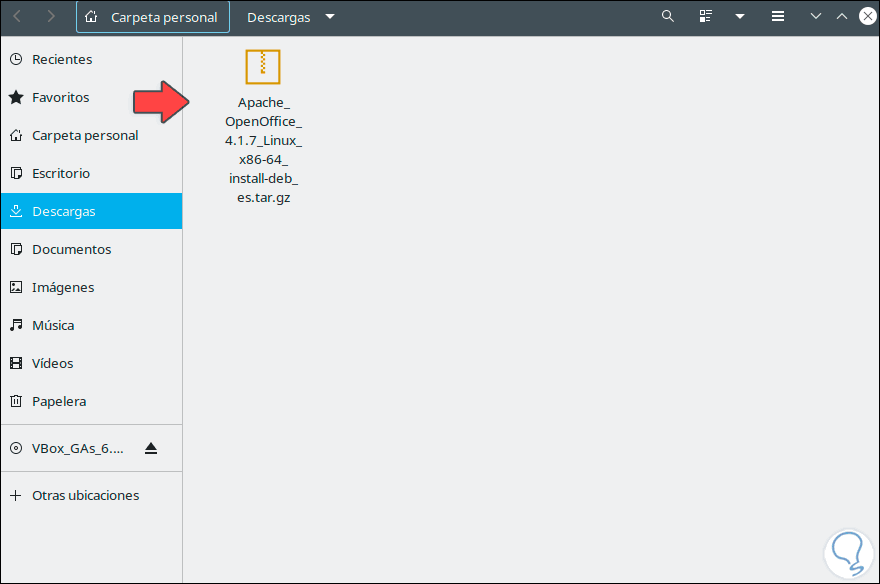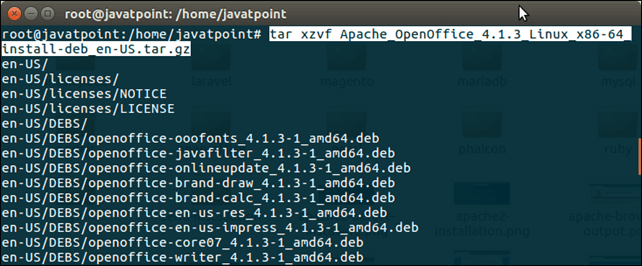

Confirm the Welcome dialog by clicking the Next button.Do NOT close the Help with the "X" system button (top right) as this would exit the setup program. After you have read the Help text, use the Back button to return to the setup program. In many of the setup program dialogs you will see a Help button which displays brief information about the current dialog. The first thing to appear on the screen is a welcome dialog.

Where X:\ is the temporary installation directory where the installation files reside after decompressing the downloaded installation file.

command and enter the following line in the text box (you can also use the Browse button to find the file and to correctly enter the path in the text box):
To start the setup program by using a parameter, open the Start menu on the Start bar, select the Run. Call the Setup.exe program from the installation directory using the -net parameter. Call the installation script with the commandĪs an alternative, Unix users may use the install script from the command line to perform a non-graphical installation.įor its syntax or see Automated Installation under Unix in the Appendix for more information. Go to the installation directory either by command line in a terminal window or through the File Manager. Go to the graphical X Window interface if it was not already automatically activated. Log in to the system as system administrator or root. Under Unix you will need a swap volume of about 80 MB. The temporary files will be automatically deleted after the installation has been completed successfully. During the installation about 20 MB space is required for temporary files. Thus, if required, the root or the system administrator also has to carry out a workstation installation.Ībout 250 MB of space needs to be available on the target machine directory which is to contain the installation. The Phase 1 installation does not result in an version that can be run directly (even by root or the system adminstrator). To start up the Phase 1 installation, simply Invoke the setup program from the installation directory and add the parameter -net. Second, after the Phase 1 is complete, each user can log in to the system and perform a Workstation Installation of in a folder in his or her home directory. Carry out the complete installation in a directory to which the users have read and execute access rights. First, login as root or system administrator or as a normal user with corresponding system access rights on the target computer or network computer. The multi-user / network installation of is carried out in two phases. Multi-User or Network Installation Installation Phase 1







 0 kommentar(er)
0 kommentar(er)
